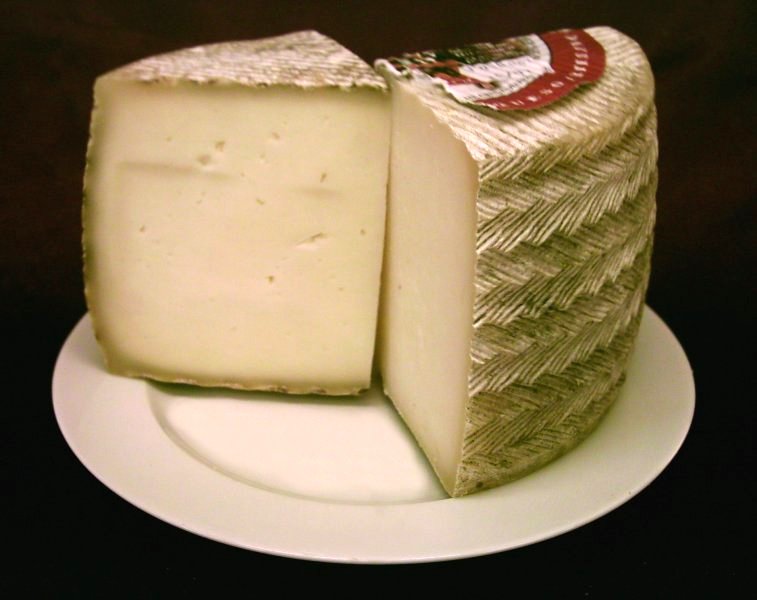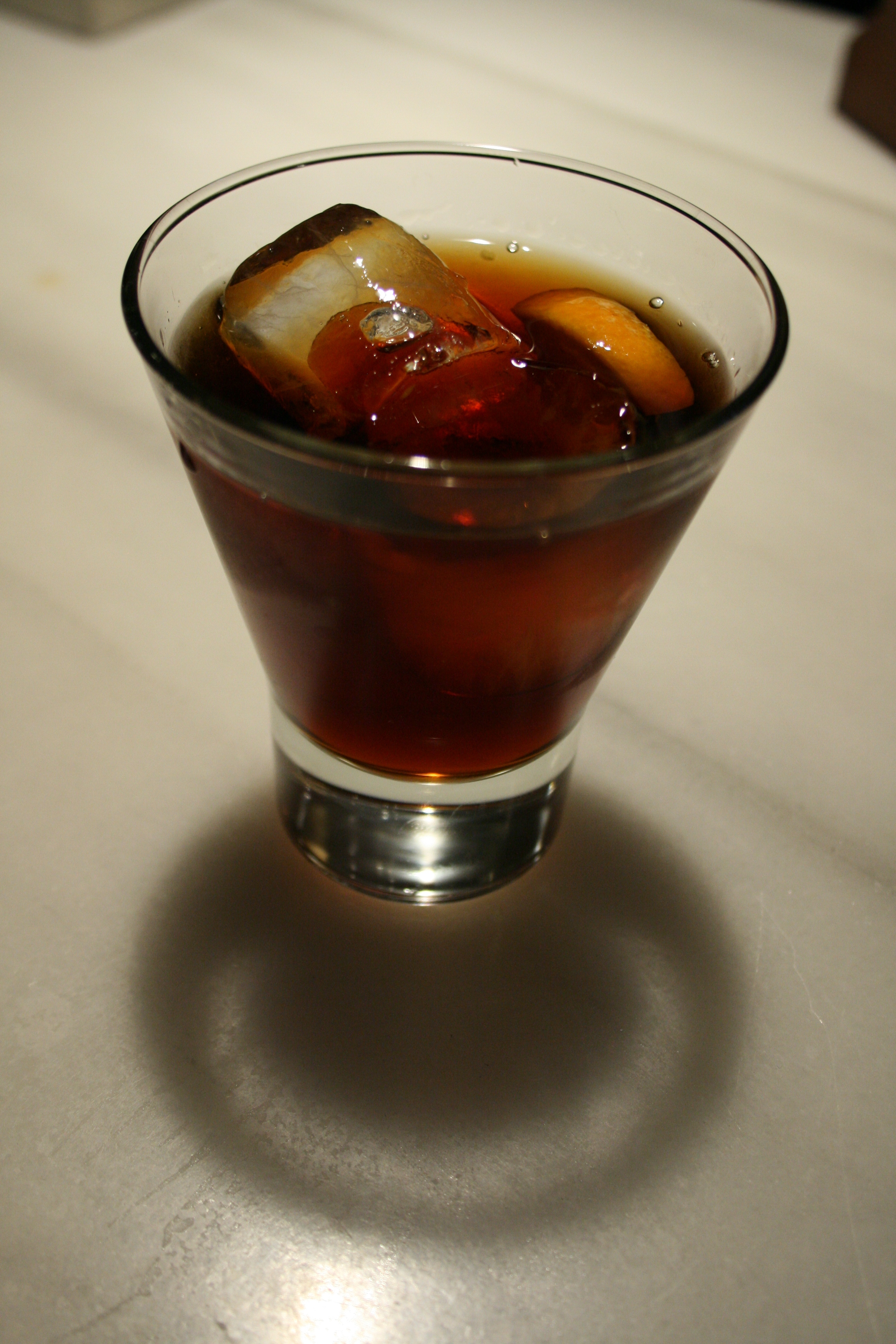|
Mallorca Cheese
Mallorca cheese (in Mallorquín formatge mallorquí) is a Spanish cheese made exclusively on the island of Mallorca, one of the Balearic Islands in the Mediterranean Sea. It has Protected Designation of Origin and is made from the pasteurized milk of cows, goats and/or sheep which live on the island. The cheeses are slightly tapering, flat cylinders which measure 12–20 cm (5-8 inches) across and 7-9 cm (3-4 inches) high. They weigh from 750 g to 4 kg (1.5-9 lbs). Mallorca cheese is produced in three types: * Semi-cured — matured for at least 20 days. * Cured — matured for at least 45 days. * Aged — matured for at least 100 days. Manufacture The milk is coagulated by animal rennet when the milk is 30-35°C (86-95°F) and for a period not less than 30 minutes. The curd is cut mechanically with horizontal and vertical lyres until the curd is reduced to pieces of less than 20mm (inches) to facilitate drainage of the whey. The curd is the ... [...More Info...] [...Related Items...] OR: [Wikipedia] [Google] [Baidu] |
Spain
, image_flag = Bandera de España.svg , image_coat = Escudo de España (mazonado).svg , national_motto = ''Plus ultra'' (Latin)(English: "Further Beyond") , national_anthem = (English: "Royal March") , image_map = , map_caption = , image_map2 = , capital = Madrid , coordinates = , largest_city = Madrid , languages_type = Official language , languages = Spanish language, Spanish , ethnic_groups = , ethnic_groups_year = , ethnic_groups_ref = , religion = , religion_ref = , religion_year = 2020 , demonym = , government_type = Unitary state, Unitary Parliamentary system, parliamentary constitutional monarchy , leader_title1 = Monarchy of Spain, Monarch , leader_name1 = Felipe VI , leader_title2 = Prime Minister of Spain ... [...More Info...] [...Related Items...] OR: [Wikipedia] [Google] [Baidu] |
Spanish Cheeses
A wide variety of cheeses are made throughout the country of Spain. Some of the Spanish cheeses are internationally renowned, such as the Manchego cheese of La Mancha. Some regions are better known for their cheeses than others; 26 cheeses are classified as Protected Designation of Origin (D.O.P.—''Denominación de Origen Protegida'') by Spain and the European Union. Many of the cheeses are manufactured from single types of milk (cow, goat or sheep), but a few are mixtures of different milks, and the milk may be raw, pasteurised or creamy. The cheeses are made in a wide variety of styles including fresh, cured, semi-cured and pressed paste, and some are inoculated with mould to make blue varieties. There is a huge variation in the presentation of cheeses, from the hard, dark-skinned, two-kilo Manchego to the soft, small ''quesitos''. A list of Spanish cheeses follows, grouped by an alphabetical ordering of geographic regions. Andalucía * Queso de las Alpujarras ( P.D.O.) * ... [...More Info...] [...Related Items...] OR: [Wikipedia] [Google] [Baidu] |
Cheese Ripening
Cheese ripening, alternatively cheese maturation or affinage, is a process in cheesemaking. It is responsible for the distinct flavour of cheese, and through the modification of "''ripening agents''", determines the features that define many different varieties of cheeses, such as taste, texture, and body. The process is "characterized by a series of complex physical, chemical and microbiological changes" that incorporates the agents of "bacteria and enzymes of the milk, lactic culture, rennet, lipases, added moulds or yeasts, and environmental contaminants". The majority of cheese is ripened, except for fresh cheese. History Cheese ripening was not always the highly industrialised process it is today; in the past, cellars and caves were used to ripen cheeses instead of the current highly regulated process involving machinery and biochemistry. Some cheeses still are made using more historical methods, such as the blue cheese Roquefort, which is required to be ripened in ... [...More Info...] [...Related Items...] OR: [Wikipedia] [Google] [Baidu] |
Relative Humidity
Humidity is the concentration of water vapor present in the air. Water vapor, the gaseous state of water, is generally invisible to the human eye. Humidity indicates the likelihood for precipitation, dew, or fog to be present. Humidity depends on the temperature and pressure of the system of interest. The same amount of water vapor results in higher relative humidity in cool air than warm air. A related parameter is the dew point. The amount of water vapor needed to achieve saturation increases as the temperature increases. As the temperature of a parcel of air decreases it will eventually reach the saturation point without adding or losing water mass. The amount of water vapor contained within a parcel of air can vary significantly. For example, a parcel of air near saturation may contain 28 g of water per cubic metre of air at , but only 8 g of water per cubic metre of air at . Three primary measurements of humidity are widely employed: absolute, relative, and specific. Ab ... [...More Info...] [...Related Items...] OR: [Wikipedia] [Google] [Baidu] |
Whey
Whey is the liquid remaining after milk has been curdled and strained. It is a byproduct of the manufacturing of cheese or casein and has several commercial uses. Sweet whey is a byproduct resulting from the manufacture of rennet types of hard cheese, like cheddar or Swiss cheese. Acid whey (also known as sour whey) is a byproduct brought out during the making of acid types of dairy products, such as strained yogurt. Whey proteins consist of α-lactalbumin, β-lactoglobulin, serum albumin, immunoglobulins, and proteose peptones. Composition Whey protein is the collection of globular proteins isolated from whey. The protein in cow's milk is 20% whey protein and 80% casein protein, whereas the protein in human milk is 60% whey and 40% casein. The protein fraction in whey constitutes approximately 10% of the total dry solids in whey. This protein is typically a mixture of beta-lactoglobulin (~48-58%), alpha-lactalbumin (~13-19%), bovine serum albumin (~6%)(see also serum albumi ... [...More Info...] [...Related Items...] OR: [Wikipedia] [Google] [Baidu] |
Rennet
Rennet () is a complex set of enzymes produced in the stomachs of ruminant mammals. Chymosin, its key component, is a protease enzyme that curdles the casein in milk. In addition to chymosin, rennet contains other enzymes, such as pepsin and a lipase. Rennet has traditionally been used to separate milk into solid curds and liquid whey, used in the production of cheeses. Rennet from calves has become less common for this use, to the point that less than 5% of cheese in the United States is made using animal rennet today. Most cheese is now made using chymosin derived from bacterial sources. Molecular action of rennet enzymes One of the main actions of rennet is its protease chymosin cleaving the kappa casein chain. Casein is the main protein of milk. Cleavage causes casein to stick to other cleaved casein molecules and form a network. It can cluster better in the presence of calcium and phosphate. This is why those chemicals are occasionally added to supplement pre-existing qu ... [...More Info...] [...Related Items...] OR: [Wikipedia] [Google] [Baidu] |
Guarda D'ovelles Roges
{{disambiguation, geo ...
Guarda may refer to: * Guarda, Portugal, city in Portugal * Guarda District, the district containing that city * Roman Catholic Diocese of Guarda, Portugal, the diocese containing that city * Guarda, Switzerland, municipality in Grisons, Switzerland ** Guarda railway station, a Rhaetian Railway station * Guarda Veneta, municipality in the province of Rovigo, region of Veneto, Italy * A Guarda, municipality in the province of Pontevedra, Galicia, Spain * Guarda-Mor, municipality in Minas Gerais, Brazil See also *Garda (other) *Guard (other) *Guardia (other) *Guardian (other) *La Guardia (other) La Guardia (Italian and Spanish, 'The Guard') or variants may refer to: Places * La Guardia, Bolivia * La Guardia, Catamarca, Argentina * La Guardia, Spain * La Guardia, Pontevedra, Spain, also known as A Guarda * La Guardia de Jaén, Jaén, Spa ... [...More Info...] [...Related Items...] OR: [Wikipedia] [Google] [Baidu] |
Mallorca
Mallorca, or Majorca, is the largest island in the Balearic Islands, which are part of Spain and located in the Mediterranean. The capital of the island, Palma, is also the capital of the autonomous community of the Balearic Islands. The Balearic Islands have been an autonomous region of Spain since 1983. There are two small islands off the coast of Mallorca: Cabrera (southeast of Palma) and Dragonera (west of Palma). The anthem of Mallorca is " La Balanguera". Like the other Balearic Islands of Menorca, Ibiza, and Formentera, the island is an extremely popular holiday destination, particularly for tourists from the Netherlands, Germany and the United Kingdom. The international airport, Palma de Mallorca Airport, is one of the busiest in Spain; it was used by 28 million passengers in 2017, with use increasing every year since 2012. Etymology The name derives from Classical Latin ''insula maior'', "larger island". Later, in Medieval Latin, this became ''Maiorca'', "the larg ... [...More Info...] [...Related Items...] OR: [Wikipedia] [Google] [Baidu] |
Pasteurization
Pasteurization or pasteurisation is a process of food preservation in which packaged and non-packaged foods (such as milk and fruit juices) are treated with mild heat, usually to less than , to eliminate pathogens and extend shelf life. The process is intended to destroy or deactivate microorganisms and enzymes that contribute to food spoilage or risk of disease, including vegetative bacteria, but most bacterial spores survive the process. The process is named after the French microbiologist Louis Pasteur whose research in the 1860s demonstrated that thermal processing would deactivate unwanted microorganisms in wine. Spoilage enzymes are also inactivated during pasteurization. Today, pasteurization is used widely in the dairy industry and other food processing industries to achieve food preservation and food safety. By the year 1999, most liquid products were heat treated in a continuous system where heat can be applied using a plate heat exchanger or the direct or indirec ... [...More Info...] [...Related Items...] OR: [Wikipedia] [Google] [Baidu] |
Protected Geographical Status
Three European Union schemes of geographical indications and Traditional food, traditional specialties, known as protected designation of origin (PDO), protected geographical indication (PGI), and traditional specialities guaranteed (TSG), promote and protect names of agricultural products and foodstuffs. Products registered under one of the three schemes may be marked with the logo for that scheme to help identify those products. The schemes are based on the legal framework provided by the EU Regulation No 1151/2012 of the European Parliament and of the Council of 21 November 2012 on quality schemes for agricultural products and foodstuffs. This regulation applies within the EU as well as in Northern Ireland. Protection of the registered products is gradually expanded internationally via bilateral agreements between the EU and non-EU countries. It ensures that only products genuinely originating in that region are allowed to be identified as such in commerce. The legislation fi ... [...More Info...] [...Related Items...] OR: [Wikipedia] [Google] [Baidu] |

_(20577597926).jpg)


.jpg)

